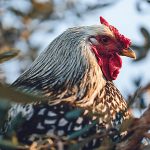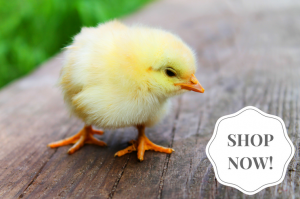
The Runner duck is an ancient breed known in the East Indies for at least 2,000 years. Its excellence lies in being a terrific layer that’s agile enough to easily herd over long distances. Runner ducks were traditionally kept in pens overnight. After the hens laid their eggs in the morning, the ducks were herded […]
Continue Reading









